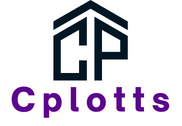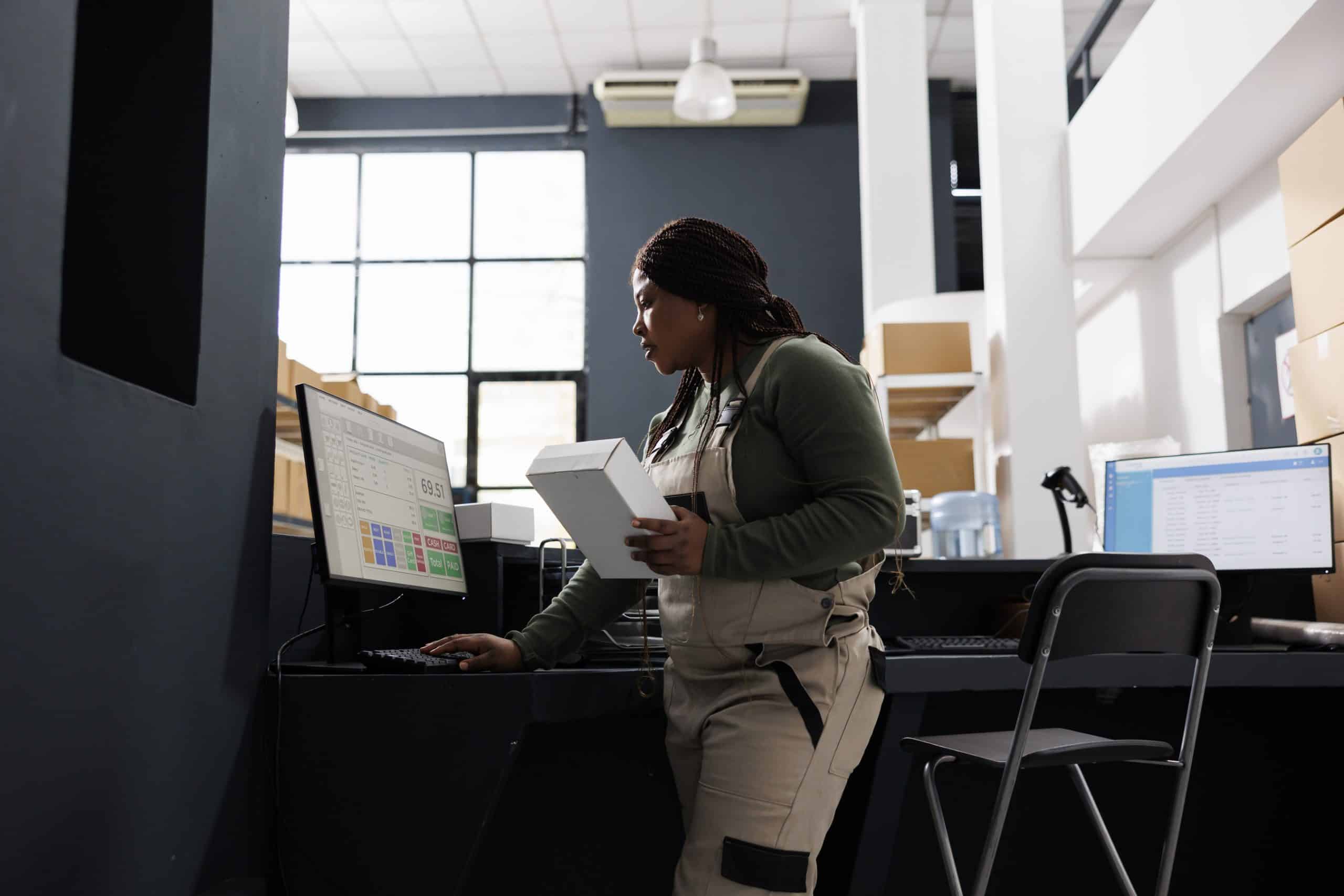As real estate developers, you are often faced with the daunting task of ensuring timely delivery of construction materials for your projects, especially those located in remote locations. The success of your construction project heavily hinges on proper logistics and materials management. Therefore, it’s imperative to have a well-oiled mechanism to manage the supply chain of building materials effectively. This involves using digital tools, real-time data, systematic project management, and meticulous planning. By doing so, you can avoid unforeseen hitches, save time and financial resources, and ensure that your construction projects are completed smoothly.
Understanding the Importance of Materials Management in Construction
Material management is a pivotal aspect of construction projects. It involves the planning, control, and coordination of building materials from the point of purchase to the site of construction. Proper materials management can help you ensure that the materials are available at the right time, in the right quantity, and at the right place. This not only prevents unnecessary delays but also keeps the budget under control by avoiding the costs associated with overstocking or understocking.
Also to discover : How to Mitigate the Impact of Construction Noise in Dense Urban Real Estate Projects?
In remote real estate projects, the significance of materials management is heightened. Given the geographical constraints, you must ensure that the supply chain of building materials is managed efficiently. Negligence in this regard can lead to time-consuming and costly consequences.
Leveraging Digital Tools for Supply Chain Management
In recent years, the construction industry has seen a surge in the use of digital tools for efficient materials management. These tools not only streamline the process of supply chain management but also provide real-time data, enabling you to make informed decisions.
In parallel : What Are the Benefits and Challenges of Implementing LEED Certification in Large Developments?
One such tool is Construction Management Software, which can help you manage the entire lifecycle of your construction project, including materials management. These applications often come with features like inventory management, procurement, and supplier collaboration, which can significantly improve the efficiency of your supply chain.
Further, there are also dedicated Supply Chain Management (SCM) tools that can help you optimize the flow of building materials. These tools provide a platform for collaboration among various stakeholders in the supply chain, including suppliers, manufacturers, and transporters, resulting in a seamless flow of materials.
Emphasizing on Real-Time Data for Decision-Making
Real-time data plays a crucial role in managing the logistics of building materials supply. It provides you with up-to-date information about the status of your materials, enabling you to make timely decisions.
Using real-time data, you can track the location of your materials at any given time, anticipate delays, and plan accordingly. This is particularly useful in the case of remote real estate projects where the transportation of materials can be a challenge due to factors like poor road conditions or unpredictable weather.
Moreover, real-time data can also help you monitor the consumption of materials on the construction site. By doing so, you can ensure that the materials are being used efficiently and take corrective action if necessary.
Ensuring Project-Based Material Management
Project-based material management is a strategy wherein the materials are managed on a project-by-project basis. This approach takes into account the specific requirements and constraints of each project, ensuring a more tailored and effective management of the materials supply chain.
In remote real estate projects, project-based material management can be particularly beneficial. Given the unique challenges associated with these projects, managing the materials on a project basis can help you better anticipate and address the potential issues.
To implement project-based material management, you should start by creating a detailed materials plan for each project. This plan should outline the types and quantities of materials required, the timeline for their delivery, and the responsibilities of various team members in the materials management process.
Establishing Strong Partnerships with Building Material Companies
Establishing solid partnerships with building material companies is another effective strategy for managing the logistics of building materials supply. By forging strong relationships with these companies, you can ensure a steady and reliable supply of materials for your construction projects.
In the context of remote real estate projects, these partnerships can be especially beneficial. Building material companies that are familiar with your project requirements can provide customized solutions, ensuring a smooth flow of materials despite the remote location.
Moreover, these companies can also provide technical assistance and advice, helping you choose the right materials for your project and manage them effectively.
In conclusion, managing the logistics of building materials supply for remote real estate developments can be a complex task. However, by understanding the importance of materials management, leveraging digital tools, emphasizing real-time data, ensuring project-based material management, and establishing strong partnerships with building material companies, you can successfully navigate this challenge and ensure the timely and efficient completion of your construction projects.
Synchronizing Inbound and Outbound Logistics
Navigating the logistics of building materials supply involves efficiently managing both inbound and outbound processes. Inbound logistics pertains to the flow of materials from suppliers to your construction site. This includes transportation, storage, and delivery of materials. On the other hand, outbound logistics involves the movement and management of waste and excess materials away from the site.
In the context of remote real estate developments, both these processes pose particular challenges. Inbound logistics can be complicated due to factors like poor road conditions, unpredictable weather, and the overall geographical isolation of the location. Outbound logistics can be equally challenging, given the need to effectively manage and dispose of waste materials in a remote setting.
Using a robust materials management system, you can streamline both these processes. Such a system can help you ensure timely delivery and removal of materials, thereby improving the overall efficiency of your construction project. Moreover, with real-time data, you can monitor and manage these processes more effectively.
For instance, with real-time tracking, you can monitor the progress of your inbound material deliveries, and plan your construction activities accordingly. Similarly, real-time data can help you keep track of the waste and excess materials, enabling you to organize their effective removal in a timely manner.
Implementing Site Logistics Plans
Aside from managing the supply chain of building materials, it’s also crucial to effectively manage site logistics. The term site logistics refers to the management of all on-site operations, including the storage, handling, and utilization of materials on the construction site.
In remote real estate projects, the importance of site logistics is amplified, as any inefficiency can lead to significant delays and cost overruns. Therefore, it’s essential to have a comprehensive site logistics plan in place.
Your site logistics plan should define how materials will be received, stored, protected, and moved around the construction site. It should also outline how waste materials will be managed. This plan should be created in consultation with your project team and should take into account the specific constraints of the construction site.
Moreover, you should use digital tools like Construction Management Software to implement and monitor your site logistics plan. These tools can provide you with real-time data about on-site operations, enabling you to identify and rectify any inefficiencies quickly.
Conclusion: The Value of Strategic Planning in Material Logistics
In summary, managing the logistics of building materials supply for remote real estate developments can be a demanding task. However, by incorporating strategic planning and leveraging digital tools, you can overcome the logistical challenges inherent in such projects.
Understanding the importance of materials management, synchronizing inbound and outbound logistics, implementing site logistics plans, ensuring project-based material management, and establishing strong partnerships with building material companies are key strategies that can guide you in this endeavor.
With the aid of real-time data and a comprehensive materials management system, you can ensure the efficient flow of materials to and from your construction site, maintain control over your inventory, and ensure the success of your construction project, regardless of location. The use of digital tools and real-time data in materials management is no longer optional, but a necessity in the modern construction industry.
Remember, the heart of any successful construction project lies in its ability to effectively manage its resources – and building materials are one of the most crucial resources you’ll manage. By mastering the logistics of building materials supply, you can ensure that your remote real estate development projects are delivered on time, within budget, and to the highest standards of quality.











